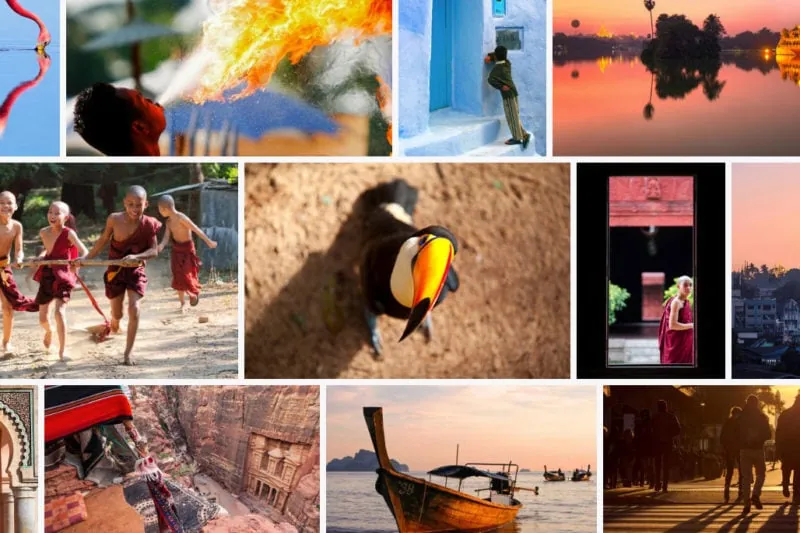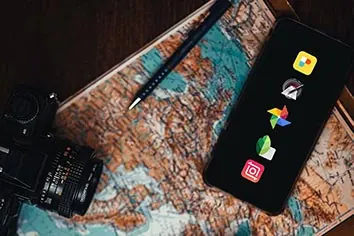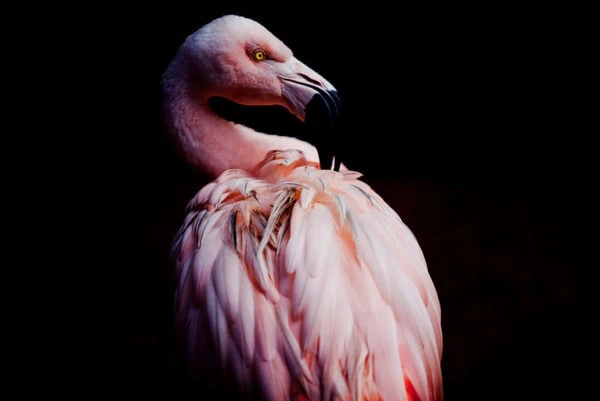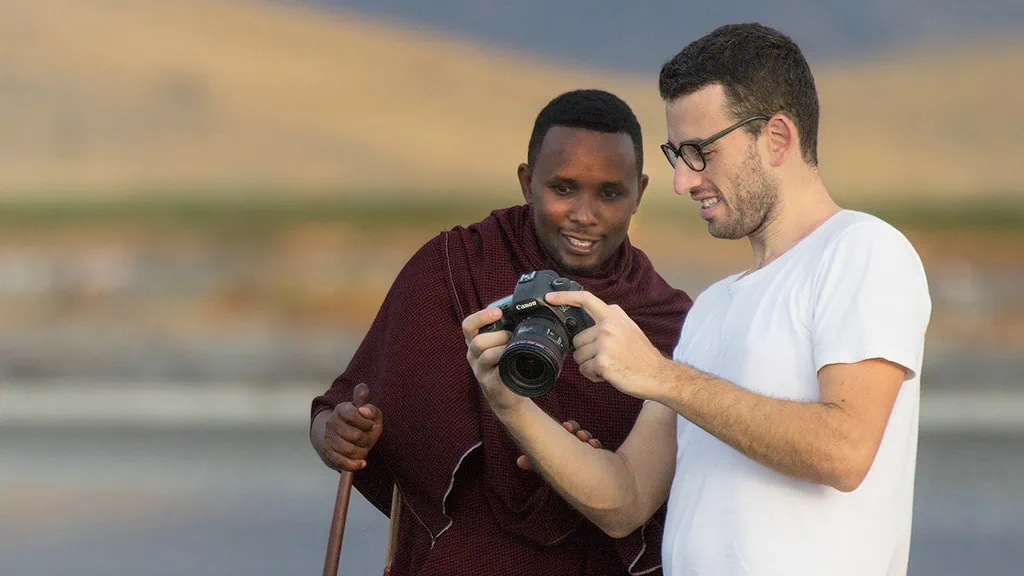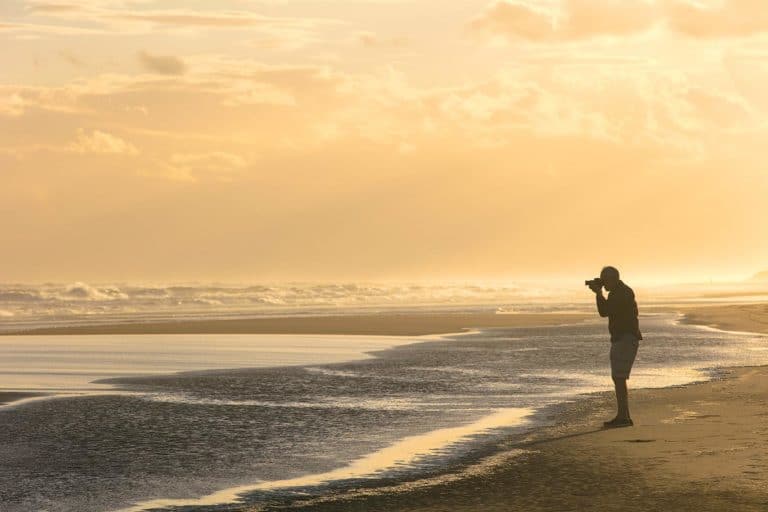One of the key elements in Travel Photography is the ability to Develop the Photographic Eye.
Equipment is not the only thing that matters.
For sure having a camera with a good sensor, professional lenses and other accessories, such as filters or a quality tripod, helps to get better results.
But this is a necessity that depends on the final use you will make of the images and in any case the most important thing is your ability to observe, develop a photographic eye and be creative.
For some people this comes more naturally than others, but don’t worry, it’s a skill that can be improved over time.
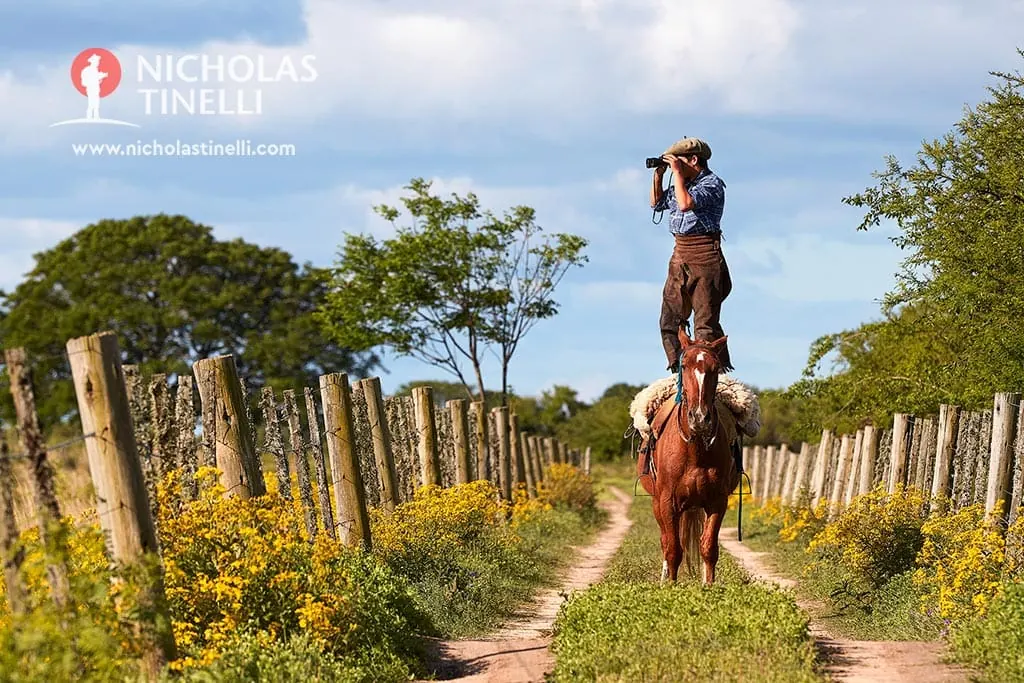
Photography is a form of showing our vision of things, in an artistic, creative, and original way. To do this, it is essential to be inspired.
Personally, cinema, reading, painting and a good dose of imagination help me a lot.
In fact, it is the ability to imagine a scene or appeal to visual memory, something I have already seen, in a movie for example, that helps me the most at the time of photographing.
In part this is something that I have always perceived as natural, but which I have had to improve over time through experience, study and practice.
When I’m walking or traveling in any form of transportation I concentrate on what I’m looking at and if I encounter an interesting background, I ask myself: what would I like to add to complete the composition? Kind of like a movie set.
This mental exercise can help you recognize a good image more quickly, at the right moment.
It is also important to consolidate the study of technique and composition, as well as the properties of light, knowledge of your equipment and the lenses you are using.
From a wide-angle to a super-tele, the difference is important and the results you can achieve vary greatly.
Next, I’ve written a list with 6 Helpful Practical Exercises to Develop Your Photographic Eye:
1. Analyze the work of other Travel Photographers
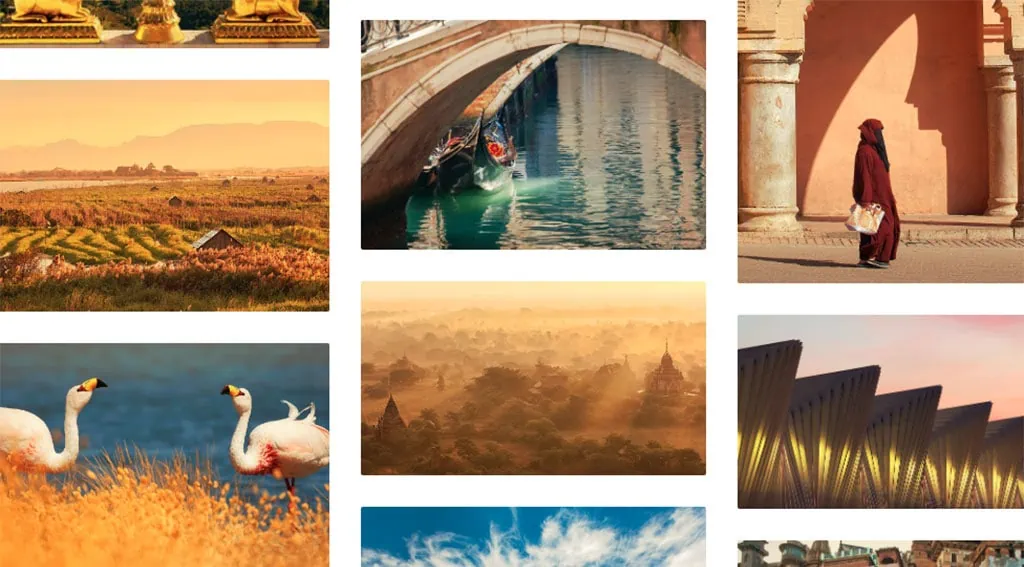
Look at the online portfolios of 5 Professional Travel Photographers you’re passionate about.
Take notes, try to imagine how they got an image: what lens they used, what light (natural or artificial), why they chose that type of framing and composition.
Personally, I found a lot of inspiration in Jim Richardson’s work, a great National Geographic Photographer and Visual Storyteller.
2. Develop your Photographic Eye around home
Take a moment of freedom and walk around your neighborhood without the camera.
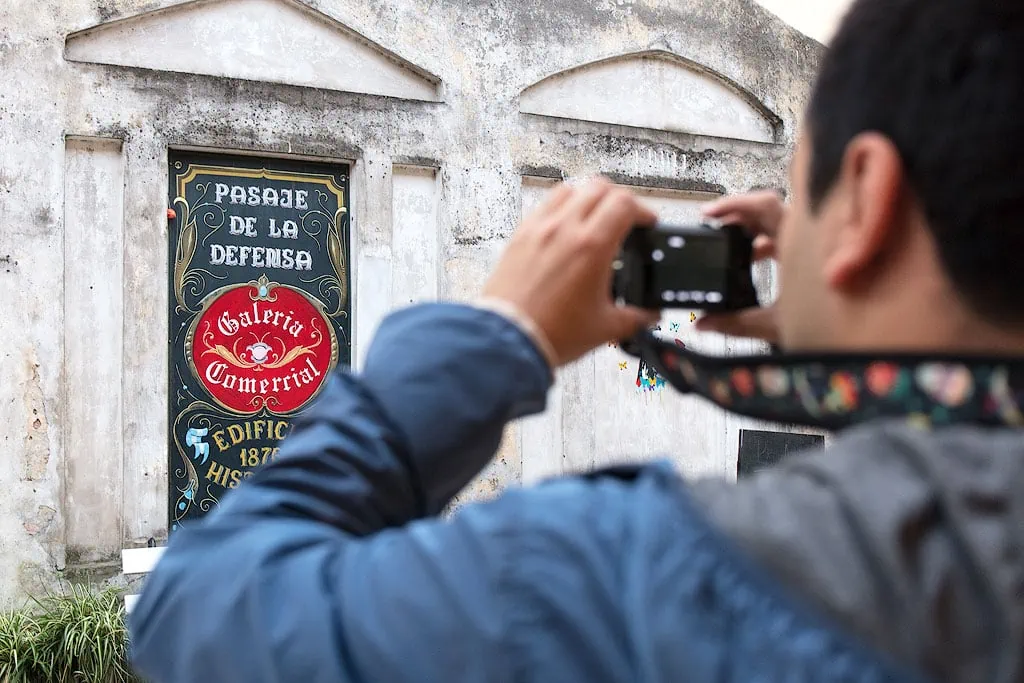
Concentrate on observing and visualizing a photograph: pay attention to details and consider composition, what you might include in the frame and what elements ruin it.
You may in fact find yourself in front of a beautiful scene, but in the foreground there is a garish red road sign that ruins the composition and takes your attention away from the main subject of the image.
In this case try to move, change the point of view, maybe close the angle of the frame or change the lens. For now, just imagine yourself doing it (without camera), concentrate on what you see and would like to do.
3. Same place, 4 different moments of light
Let’s add an element of difficulty to step 2. Repeat the same route, this time with your camera, at 4 different times of day (dawn, morning, noon, and dusk).
Photograph 4 different scenes that catch your attention and note the differences according to the different times of light.
4. Applies Composition Rules
Use the most important rules of composition to create a balance between the elements and guide the viewer’s eyes.
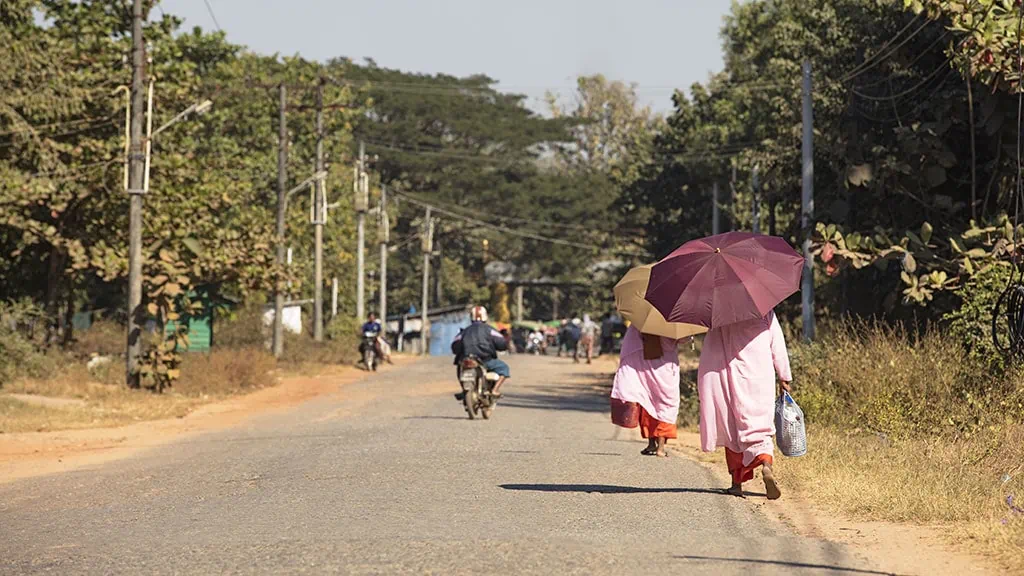
Try to get 3 good photographs that take into account at least one of these aspects: rule of thirds, repeated elements, vanishing lines (you can use elements such as street lamps, a row of trees or even the curve of a road).
5. Practice with a subject
Practice different types of frames, poses and light with a subject, perhaps a friend to start. I recommend doing this exercise in a park, to have less distractions and focus in what you are doing.
6. Take advantage of your Camera's Features
Last but not least. Take advantage of all the tools in your camera to be creative.
Especially in Travel Photography it can be very rewarding to use movement to get a creative, original and dynamic image. Or perhaps use a shallow depth of field to prevent an uninteresting background from being noticed.
Obtain 4 images of a subject of your choice with the following features:
- Wide depth of field
- Reduced depth of field
- Freeze a moving subject
- Show movement of a subject
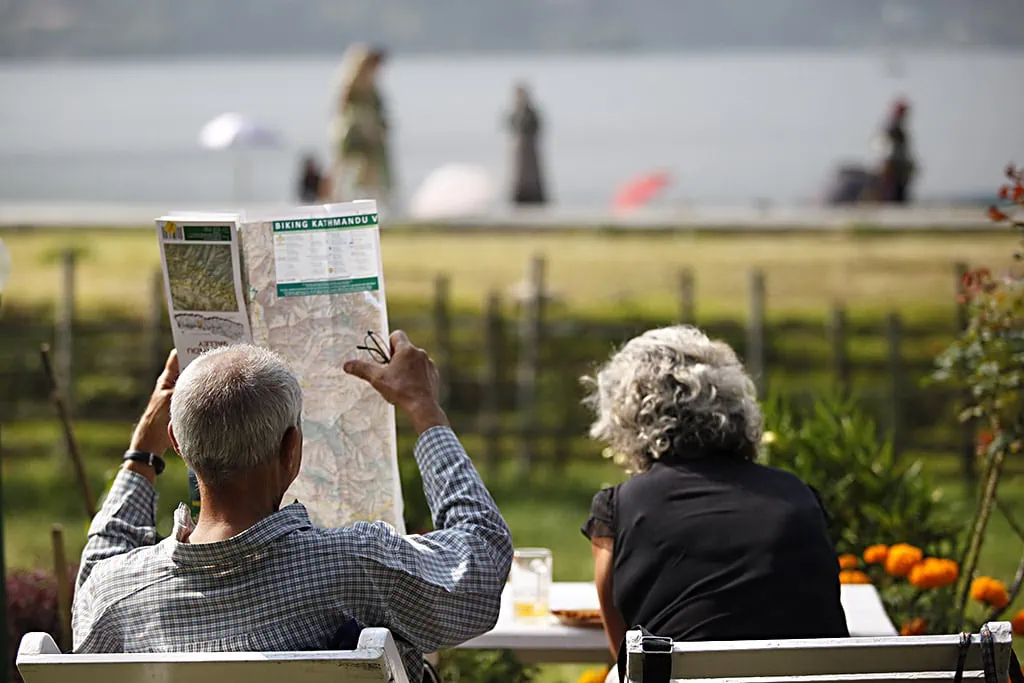
Conclusions
As you can see training the eye and creativity, is mostly a matter of study and practice. You learn by observing, studying, practicing, making mistakes.
Try not to take anything for granted and strive to Develop Your Photographic Eye over time. It will help you be a better photographer, read a situation faster, and maintain an intense and creative workflow.
Want to Learn More about Travel Photography?
Read the full guide about: How to Become a Travel Photographer


